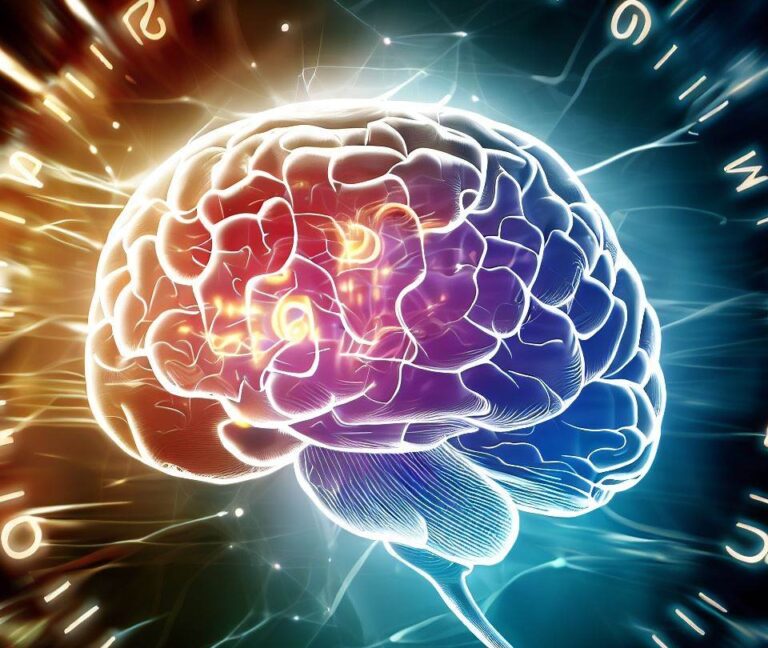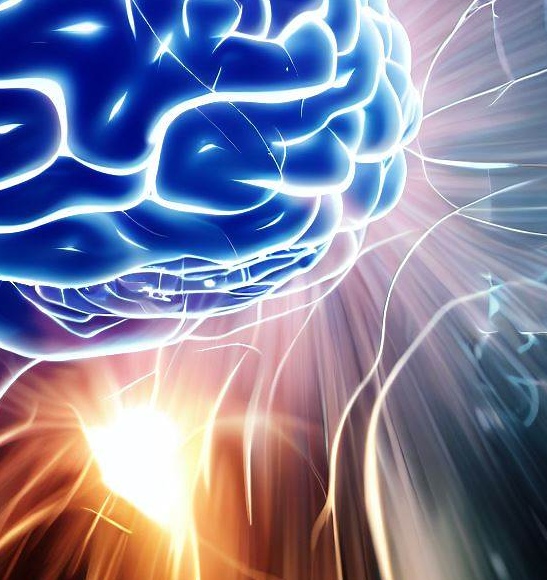Stress is often perceived as a negative factor that impairs learning and performance. However, according to neuroscientist Andrew Huberman, stress can also be a powerful ally that enhances learning and growth, if used properly.
Study techniques
Add 10 second micro pauses when learning
Learning is a complex process that involves the formation and consolidation of new neural connections in the brain. It requires attention, motivation, repetition, and feedback to achieve optimal results. However, learning can also be exhausting and frustrating, especially when the material is challenging or boring. How can we enhance our learning efficiency and enjoyment without spending more time or effort?
Pomodoro
The learning strategy Pomodoro was developed by Francesco Cirillo in the late 1980s. It was named after the kitchen clock used by Francesco, which was shaped like a tomato (which in Italian is pomodoro). Pomodoro will help you spend your time efficiently. The strategy consists of 6 steps: Decide what to do. Set the timer; usually 25 minutes. Work on what you’ve decided on. When the kitchen clock rings, put a marker on the paper. If you have less than 4 markers, take a short break of 3-5 minutes; then repeat from step 2. After four markers, take a longer …
The Sequencer
Finding sequences and order in the material you read, will help you retain the information because of the structure you discover. The more sequences you discover, the better you will remember and understand the reading material. When you discover a sequence in the text, give some thought to the reason why it is ordered that way, such as: importance chronology size from hot to cold from dark to light … Making a clear list helps you remember concepts better because you see them in relation to each other. If you find that some concepts do not fit, that in itself …
The Eraser
The learning strategy The Eraser consists of gradually covering more and more of the original material, while repeating and filling in what is covered, until you finally remember it all. Simple? Simple! Start by setting up the learning material, e.g. the events in a timeline, an entire form, table, list or whatever it may be. Put a piece of paper over some items to begin with, or you can blank out what you have written; try to fill in the correct information from memory. Keep covering more and more keywords and words until you are happy with the result. You …
The Six Thinking Hats
The learning strategy Six Thinking Hats was developed by Edward de Bono, and is about how you think. De Bono categorizes thoughts as follows: White: Information, facts – as many and as much as possible, without interpretation and meaning: Keep it objective Red: Intuition, emotion: Subjective Black: Caution and what-ifs: Find weaknesses Yellow: Hope, creativity, see the positive: Find opportunities Green: Ideas, Solutions: Find solutions Blue: Organization and meta-thinking (thinking about thinking): See the big picture The method takes into account how the brain works and works from the assumption that the brain is affected by chemical substances. These are …
2-Column Note Taking
The 2-column note taking is a learning strategy that many people use to write down information and get a clear understanding of used terms. The learning strategy is easily combined with other strategies, for example S5. The procedure is simple: Divide a sheet into two columns. Use the left column to write down a topic, statement, term or whatever you need to understand. Use the right column to write down relevant information; feel free to draw images if you need. One possible approach is to first go through the text and to just write key terms in the first column. …
Color coding
Books and digital aids are common in the learning process. When books are owned by the school, you’ll not be able to use color coding as a learning strategy. However, that is against the purpose of learning: you do not go to school to make sure the teaching material looks unused, but to take in the subject matter! So feel free to ask for copies of the texts so that you can use them in a way that helps you. When going through a text, it may be helpful to highlight certain words or parts of the text using colors. …
S5
S5 is useful learning strategy that will give you a quick overview of a new text. S5 helps you identify and take in the 5 main elements of a text: Skim through the images Study the introduction Study the conclusion Search for the headlines Scan for keywords You can combine this learning strategy with others, e.g. a mind map for the headings or 2-column overview for the key terms. With S5, you utilize the structure of a text in a smart way. Skim through the images On a page with not too many images, you’ll be able to see them …
Chunking
Your short-term memory has a limited capacity. It can hold information for up to 30-40 seconds. Young people, up to approx. 14 years old, can remember and process 3-7 different subjects at the same time. From the age of 14 onward, this increases to 5-9 simultaneous subjects in short-term memory. So… what can you do to remember more and better? You can create and use chunks, meaning blocks, so a chunk means a block of information that you remember and work with, as if it were a single element. Chunking occurs naturally. For example: the word “pythagoras” probably makes you …

